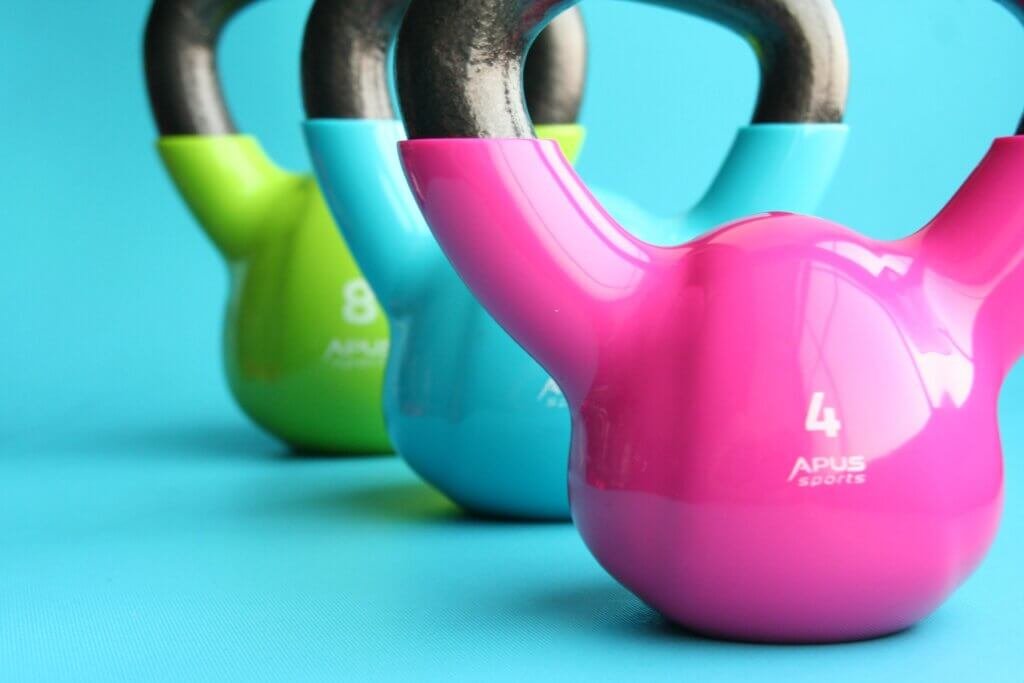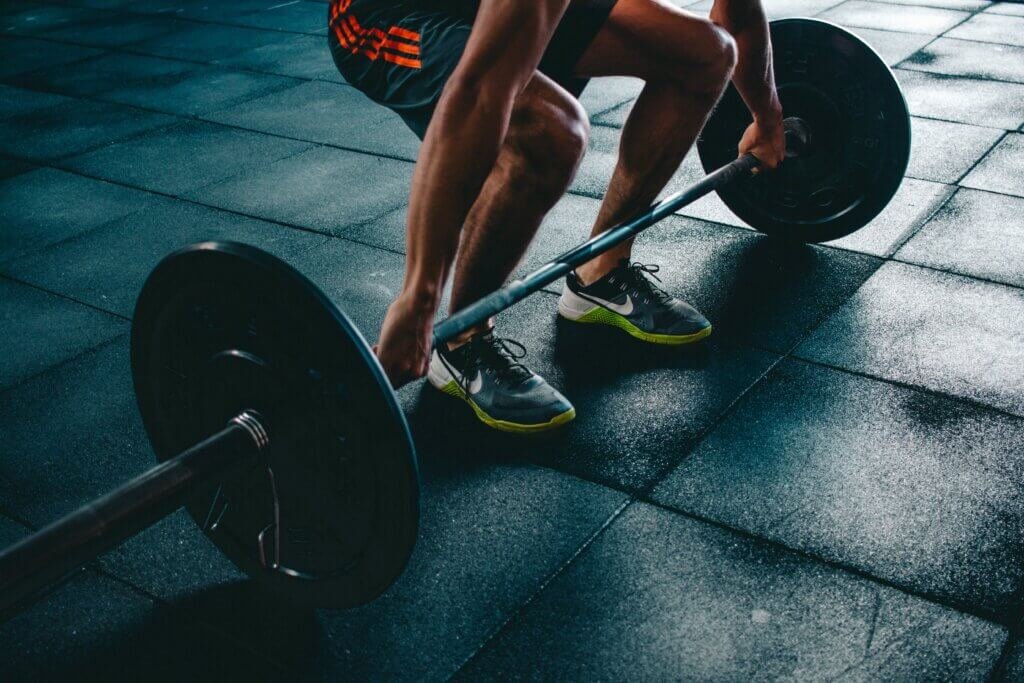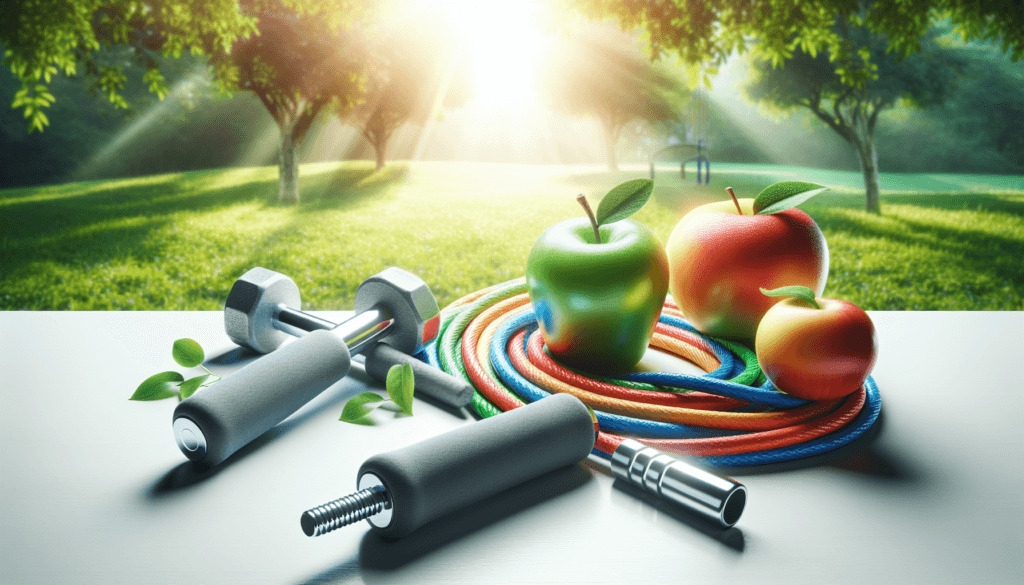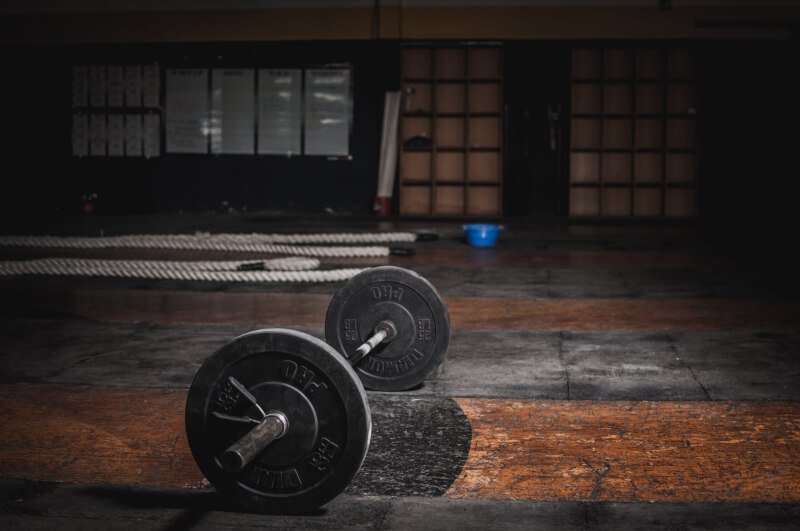In this enlightening article, you will discover the secret to defying the limits of age and staying both fit and active. From debunking common misconceptions to providing practical tips, this piece will show you that age should never be a barrier to maintaining a healthy lifestyle. Get ready to unlock the doors to vitality and embrace the best version of yourself, regardless of the number on your birth certificate. So, let’s embark on this exciting journey together and empower ourselves with the knowledge and inspiration to lead a fulfilling and active life, no matter our age!
Benefits of staying fit and active
Improved physical health
Staying fit and active offers numerous benefits for your physical health. Regular exercise can help to improve cardiovascular health, strengthen bones and muscles, and increase overall fitness levels. By engaging in activities such as running, swimming, or cycling, you can enhance your endurance, stamina, and flexibility. Additionally, exercise promotes weight management and reduces the risk of developing chronic conditions such as heart disease and type 2 diabetes.
Enhanced mental well-being
Engaging in regular physical activity has been shown to have a positive impact on mental health and well-being. Exercise releases endorphins, which are known as “feel-good” hormones, and can help to alleviate symptoms of anxiety and depression. Physical activity also promotes better sleep, reduces stress levels, and boosts self-esteem. By incorporating exercise into your daily routine, you can experience improved mental clarity, reduced feelings of fatigue, and a greater overall sense of happiness and well-being.
Increased longevity
Leading an active lifestyle can significantly contribute to a longer and healthier life. Studies have shown that individuals who engage in regular exercise have a lower risk of premature mortality compared to those who live a sedentary lifestyle. Regular physical activity can help to prevent age-related declines in physical function and mobility, reducing the risk of falls and injuries. By staying fit and active, you can potentially add years to your life and enjoy a higher quality of life as you age.
Importance of exercise
Maintaining muscle strength
As you age, it becomes increasingly important to maintain muscle strength to support your overall health and independence. Regular exercise, particularly strength training exercises, can help to preserve muscle mass, improve balance, and enhance your ability to carry out daily activities. By incorporating exercises such as weightlifting, resistance band workouts, or bodyweight exercises into your fitness routine, you can strengthen your muscles and reduce the risk of age-related muscle loss.
Preventing chronic diseases
Regular exercise plays a crucial role in preventing chronic diseases. Physical activity has been shown to lower the risk of developing conditions such as heart disease, stroke, high blood pressure, and certain types of cancer. Exercise helps to improve blood circulation, regulate blood sugar levels, and maintain a healthy weight, all of which contribute to a reduced risk of chronic diseases. By staying active, you can significantly improve your overall health and reduce the likelihood of developing these conditions.
Boosting immunity
Engaging in regular exercise can have a positive impact on your immune system. Exercise helps to increase the production of antibodies and white blood cells, which play a vital role in fighting off infections and diseases. By regularly engaging in activities such as jogging, brisk walking, or cycling, you can strengthen your immune system and enhance your body’s ability to defend against common illnesses. Staying fit and active can effectively boost your immunity, leading to better overall health and a reduced risk of illness.

Different types of exercise
Aerobic exercises
Aerobic exercises, also known as cardiovascular exercises, are activities that increase your heart rate and improve your cardiovascular fitness. These exercises involve continuous movement of large muscle groups and can include activities such as running, swimming, cycling, or dancing. Aerobic exercises help to strengthen the heart and lungs, improve endurance, and burn calories, making them an excellent choice for maintaining overall fitness and promoting weight loss.
Strength training
Strength training exercises are crucial for maintaining muscle mass, improving bone density, and increasing strength and stability. These exercises typically involve using resistance, either through weights, resistance bands, or bodyweight, to challenge the muscles. Strength training exercises can include activities such as weightlifting, push-ups, squats, or lunges. By incorporating strength training into your fitness routine, you can build lean muscle, increase metabolism, and support healthy joint function.
Flexibility and balance exercises
Flexibility and balance exercises are essential for maintaining mobility, preventing injuries, and promoting overall physical well-being. These exercises aim to improve joint flexibility, range of motion, and coordination. Activities such as yoga, Pilates, or tai chi are excellent choices for enhancing flexibility and balance. By regularly practicing these exercises, you can increase your flexibility, improve posture, and reduce the risk of falls and injuries.
Setting fitness goals
Identifying personal fitness goals
Before embarking on an exercise journey, it is important to identify your personal fitness goals. Whether your goal is to lose weight, gain muscle strength, increase flexibility, or improve overall fitness, having a clear understanding of what you want to achieve will guide your exercise routine. Take some time to reflect on your priorities and create specific, measurable, attainable, relevant, and time-bound (SMART) goals that align with your desires and capabilities.
Creating a realistic plan
Once you have identified your fitness goals, it is important to create a realistic plan to achieve them. Consider your current fitness level, time availability, and resources when designing your exercise routine. Start by setting a realistic frequency, duration, and intensity for your workouts. Gradually increase these factors as you progress and become more comfortable with your routine. Remember to include a variety of exercises that target different muscle groups and offer a range of benefits.
Tracking progress
Tracking your progress is an important part of staying motivated and accountable. Consider keeping a fitness journal or using a fitness tracking app to record your workouts, measurements, and any achievements or milestones reached. Regularly monitoring your progress allows you to see how far you have come and provides motivation to keep pushing forward. Celebrate small victories along the way and adjust your plan as needed to continue challenging yourself and reaching new goals.

Finding an exercise routine that works for you
Exploring different activities
Finding an exercise routine that works for you involves exploring different activities and finding ones that you enjoy and are suitable for your fitness goals. Try out various exercises and activities to determine what resonates with you the most. Whether it’s swimming, hiking, dancing, or participating in group fitness classes, finding something that you genuinely enjoy will increase your chances of sticking with it long-term.
Considering personal preferences
When establishing an exercise routine, it is essential to consider your personal preferences. Consider whether you enjoy working out alone or prefer the company of others. Reflect on whether you prefer indoor or outdoor activities, high-intensity workouts, or more relaxed forms of exercise. By taking your preferences into account, you can design an exercise routine that aligns with your interests, making it more likely that you will stay consistent and motivated.
Seeking professional guidance
If you are unsure about how to get started or want expert advice on developing an exercise routine tailored to your needs, consider seeking professional guidance. Personal trainers, fitness instructors, or even physical therapists can provide valuable insight and create a customized exercise plan that takes into account your individual goals, abilities, and any potential limitations. Professional guidance can help you maximize the benefits of your workouts while minimizing the risk of injury.
Staying motivated to exercise
Creating a routine
Establishing a consistent exercise routine is key to staying motivated. Set a specific time each day or week dedicated to physical activity and make it a priority. Treat your exercise time as a non-negotiable part of your schedule and commit to following through with it. By creating a routine, you develop a habit and make exercise a regular part of your life.
Setting reminders
To help stay on track with your exercise routine, set reminders to prompt you when it’s time to work out. Use alarms on your phone or calendar alerts to ensure you don’t forget or get caught up in other activities. These reminders serve as a gentle nudge to prioritize your physical well-being and make exercise a consistent part of your daily routine.
Finding an exercise buddy
Exercising with a friend or family member can greatly enhance motivation and enjoyment. Find a workout buddy who shares similar fitness goals and interests. Having someone to exercise with not only provides accountability but also adds a social aspect to your workouts. You can encourage and challenge each other, making the exercise experience more enjoyable and increasing the likelihood of sticking with it.

Eating a balanced diet
Importance of proper nutrition
In addition to exercise, maintaining a balanced diet is essential for overall health and well-being. Proper nutrition provides the fuel your body needs to support physical activity, promote muscle recovery, and sustain energy levels. Ensure your diet includes a variety of nutrient-rich foods to meet your body’s requirements and support your fitness goals.
Incorporating fruits and vegetables
Fruits and vegetables are packed with essential vitamins, minerals, and antioxidants that support overall health and provide numerous benefits. Include a variety of colorful fruits and vegetables in your daily meals and snacks. These natural, nutrient-dense foods are low in calories and high in fiber, which aids in digestion and helps you feel satisfied. Experiment with different preparations to discover new flavors and textures.
Choosing lean protein sources
Protein plays a crucial role in muscle repair and growth. Select lean sources of protein such as poultry, fish, tofu, beans, or Greek yogurt to incorporate into your meals. These protein-rich foods are also lower in saturated fat compared to red meats, making them a healthier choice. Aim to have a source of protein with each meal and snack to optimize muscle recovery and support your fitness goals.
Hydration and its role in fitness
The importance of staying hydrated
Staying properly hydrated is essential for maintaining optimal physical performance during exercise. Water is involved in various bodily functions, including temperature regulation, nutrient transport, and joint lubrication. When you are dehydrated, you may experience decreased energy levels, muscle cramps, and difficulty concentrating. Make it a habit to drink water throughout the day, especially before, during, and after exercise.
How much water to drink
The amount of water you need to drink can vary depending on factors such as body weight, activity level, and climate. As a general guideline, aim to drink at least eight glasses of water per day. However, when engaging in vigorous exercise or spending time in hot weather, you may need to increase your water intake. Listen to your body’s signals and ensure you are adequately hydrated to support your fitness endeavors.
Tips for staying hydrated
To ensure you stay hydrated throughout the day, keep a water bottle with you at all times. Sip on water regularly, even if you don’t feel thirsty. If you find plain water unappetizing, infuse it with slices of lemon, cucumber, or berries to add flavor. Alternatively, incorporate hydrating foods such as watermelon, citrus fruits, or cucumbers into your diet. Remember that staying hydrated is not only essential during exercise but also critical for overall well-being.

Rest and recovery
Understanding the importance of rest
Rest and recovery are just as important as exercise itself. Giving your body time to recover allows muscles to repair, recharge, and grow stronger. Adequate rest also helps prevent overuse injuries and mental burnout. Schedule rest days into your exercise routine and listen to your body when it needs a break. By prioritizing rest, you will be able to maintain optimal performance and avoid potential setbacks.
Incorporating rest days into a routine
When planning your exercise routine, be sure to include regular rest days. Aim to have at least one or two days of complete rest or low-intensity activities each week. On these days, focus on activities such as gentle stretching, light yoga, or leisurely walks. Not only will rest days allow your body to recover, but they can also help prevent exercise boredom and keep you motivated in the long run.
Practicing relaxation techniques
In addition to physical rest, it is beneficial to incorporate relaxation techniques into your routine. Activities such as meditation, deep breathing exercises, or engaging in hobbies you enjoy can help reduce stress levels and promote mental well-being. Find methods that work best for you and integrate them into your daily routine, allowing both your body and mind to recuperate and recharge.
Overcoming common barriers to exercise
Lack of time
One common barrier to exercise is the perceived lack of time. However, finding time for physical activity can be achievable with some planning and prioritization. Consider breaking your workouts into shorter, more manageable sessions throughout the day if a single block of time is not available. Look for opportunities to incorporate physical activity, such as taking the stairs instead of the elevator or going for a brisk walk during your lunch break. By identifying small pockets of time and making exercise a priority, you can overcome the barrier of time constraints.
Physical limitations
Physical limitations can sometimes hinder the ability to engage in certain types of exercise. However, it is important to remember that there are many activities and modifications available to accommodate various physical limitations. Consult with a healthcare professional or physical therapist who can help guide you toward suitable options. For example, low-impact exercises like swimming or cycling can be gentler on joints, while chair exercises can provide a seated workout for individuals with mobility challenges. By finding exercises that work for your body and meeting with professionals for guidance, you can overcome physical limitations and stay active.
Lack of motivation
Lack of motivation can be a significant barrier to exercise. To overcome this barrier, it is crucial to find activities that you genuinely enjoy and that align with your fitness goals. Set realistic expectations for yourself and celebrate small victories along the way. Consider enlisting the support of a workout buddy to help keep you motivated and accountable. Remember why you started your fitness journey and focus on the positive impact that exercise has on your physical and mental well-being. By keeping your motivation in mind and finding strategies that work for you, you can overcome the barrier of lack of motivation and stay committed to an active lifestyle.
In conclusion, staying fit and active offers numerous benefits for both your physical and mental well-being. Improved physical health, enhanced mental well-being, and increased longevity are just a few of the advantages of leading an active lifestyle. Regular exercise, including aerobic exercises, strength training, and flexibility and balance exercises, helps to maintain muscle strength, prevent chronic diseases, and boost immunity. Setting fitness goals, finding an exercise routine that works for you, staying motivated, eating a balanced diet, staying hydrated, prioritizing rest and recovery, and overcoming common barriers are all essential elements of staying fit and active throughout life. By incorporating these practices into your daily routine, you can enjoy the many benefits of an active and healthy lifestyle. Remember, age is just a number, and with a commitment to fitness, you can maintain your vitality and well-being for years to come.



